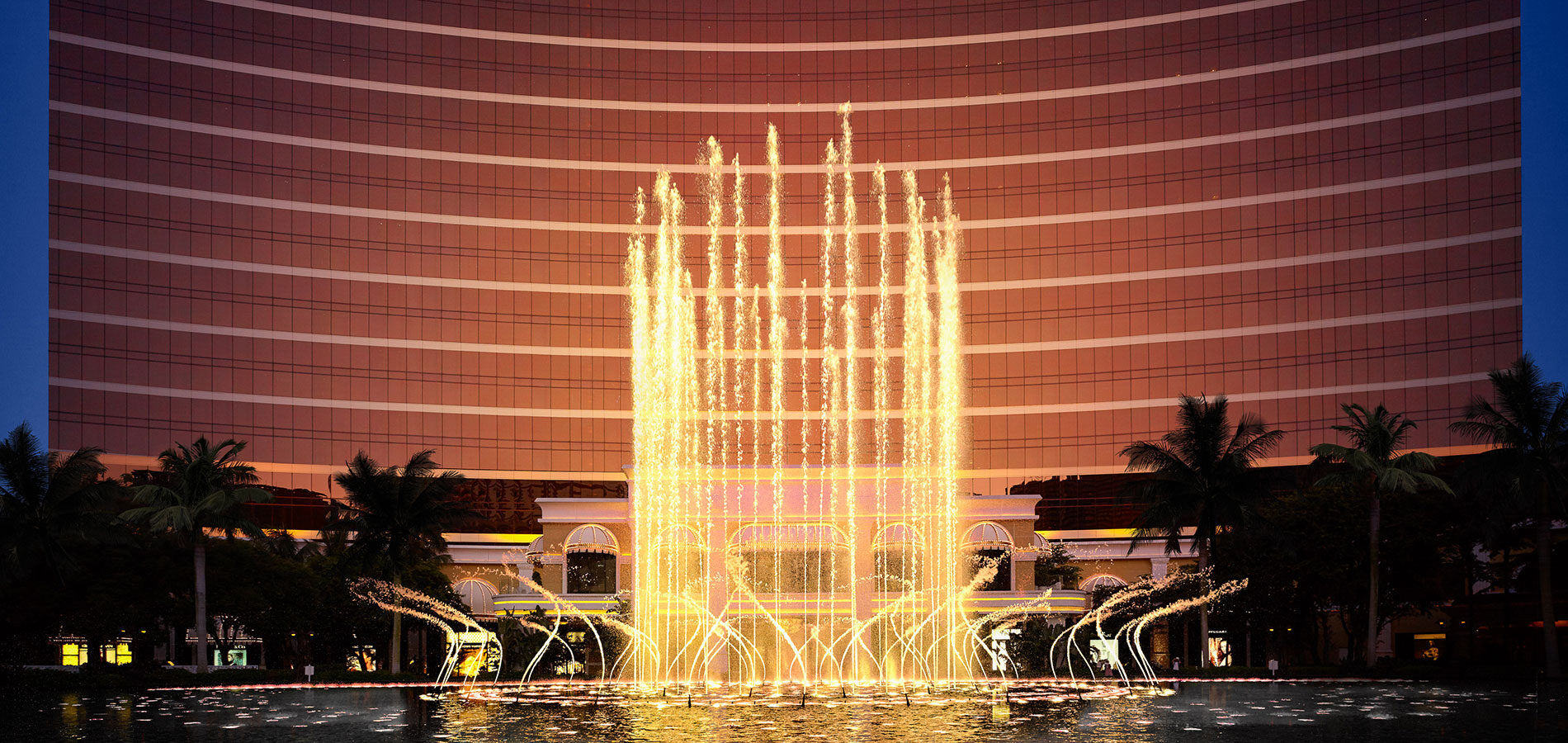Raised access flooring is used in many commercial spaces. Creating raised floors enables efficient...
GRP Raised Access Flooring: Use Cases and Benefits
Raised access flooring is used in many commercial spaces. Creating raised floors enables efficient cable management, airflow distribution, and equipment cooling. In this blog, we will explore the use cases for Glass Reinforced Plastic (GRP) in constructing raised access flooring systems.
Introducing GRP in Flooring Systems
GRP, composed of a polymer matrix reinforced with fibreglass, boasts exceptional strength-to-weight ratio and corrosion resistance. Unlike traditional materials, GRP offers numerous advantages including light weight, corrosion resistance, durability, and long-term cost efficiency. Its versatility makes it an ideal choice for raised access flooring systems.
Benefits of Using GRP for Raised Access Floors
Load-Bearing Capacity: GRP panels exhibit remarkable strength, enabling them to withstand heavy loads without compromising structural integrity. This feature is particularly advantageous in environments requiring robust flooring solutions, such as data centres and industrial facilities.
Improved Chemical and Moisture Resistance: GRP's inherent resistance to chemicals and moisture ensures longevity and minimizes maintenance efforts. This makes it ideal for environments prone to spills or moisture ingress, such as laboratories and pharmaceutical facilities.
Flexibility in Design and Customization Options: GRP supports flexibility in design, allowing architects and designers to create bespoke flooring solutions tailored to specific requirements. From colour options to surface textures, GRP provides a wide range of customization possibilities.
Ease of Installation and Maintenance: Installing and maintaining GRP raised access flooring systems is significantly easier compared to traditional materials. The lightweight nature of GRP panels simplifies handling and installation while their durable construction minimizes the need for frequent repairs or replacements.
Fire Resistance and Safety Considerations: GRP possesses inherent fire-resistant properties, making it a safe choice for raised access flooring systems. In the event of a fire, GRP panels help contain the spread of flames, providing better protection for occupants and mitigating damage to assets.
Raised Access Floor Applications

Raised access flooring systems are used across various industries including:
- Information Technology (IT) and Data Centers: Raised access flooring is extensively used in data centres and server rooms to facilitate efficient cable management, airflow distribution, and equipment cooling. The flexibility of these systems allows for easy reconfiguration to accommodate evolving technology and infrastructure requirements.
- Commercial Offices: Many modern office buildings incorporate raised access flooring to provide flexibility in office layouts, easy access to electrical and data cables, and improved HVAC distribution. This type of flooring enables efficient space utilization and facilitates quick reconfiguration of cabling in office spaces as needed.
- Healthcare Facilities: Hospitals and healthcare facilities deploy raised access flooring to house electrical wiring, plumbing, and medical gas lines while providing rapid access for maintenance and repairs. The ability to accommodate heavy equipment and medical devices makes raised access flooring suitable for healthcare environments.
Watch this video to know how Fibergrate successfully deployed non-magnetic access/raised flooring system in a University for MRI rooms:
4. Financial Institutions: Banks, trading floors, and financial institutions benefit from raised access flooring systems to support extensive cabling requirements for trading desks, IT infrastructure, and communication networks. The flexibility and accessibility of raised floors contribute to the efficient operation of financial services.
5. Industrial Facilities: Manufacturing plants, production facilities, and industrial complexes utilize raised access flooring to house electrical and mechanical components, control systems, and process equipment. These systems help to manage utilities, provide access for maintenance, and enhance safety in industrial environments.
6. Government and Defense: Government buildings, command centres, and defense facilities often employ raised access flooring for secure and organized distribution of communication systems, IT infrastructure, and power supply. These systems support mission-critical operations and provide flexibility for future upgrades and modifications.
7. Retail Spaces: Retail environments such as shopping malls, department stores, and supermarkets may use raised access flooring to conceal wiring and services while allowing for easy access for renovations, reconfigurations, and maintenance activities.
8. Hotels, Resorts, and Hospitality: By concealing wiring and utilities, these systems facilitate seamless configurations, allowing for quick adjustments to meet changing guest needs. From luxury hotels to boutique establishments, raised access flooring solutions play a vital role in creating inviting and functional spaces for travelers worldwide.

Wynn Macau Fountain
Conclusion
The integration of GRP in raised access flooring systems addresses requirements related to space optimization, technology integration, infrastructure management, and operational efficiency. This material’s enhanced durability, customization options, and safety features make it an indispensable choice for architects, engineers, and facility managers.
As we continue to explore innovative solutions for modern built environments, the adoption of GRP in flooring systems promises to shape the future of construction. Embrace the possibilities of GRP and elevate your space with Fibergrate.


